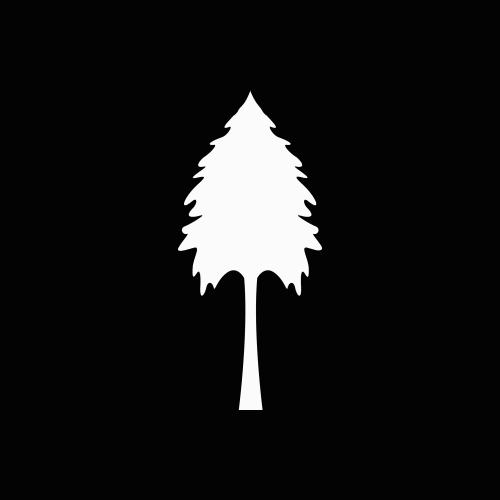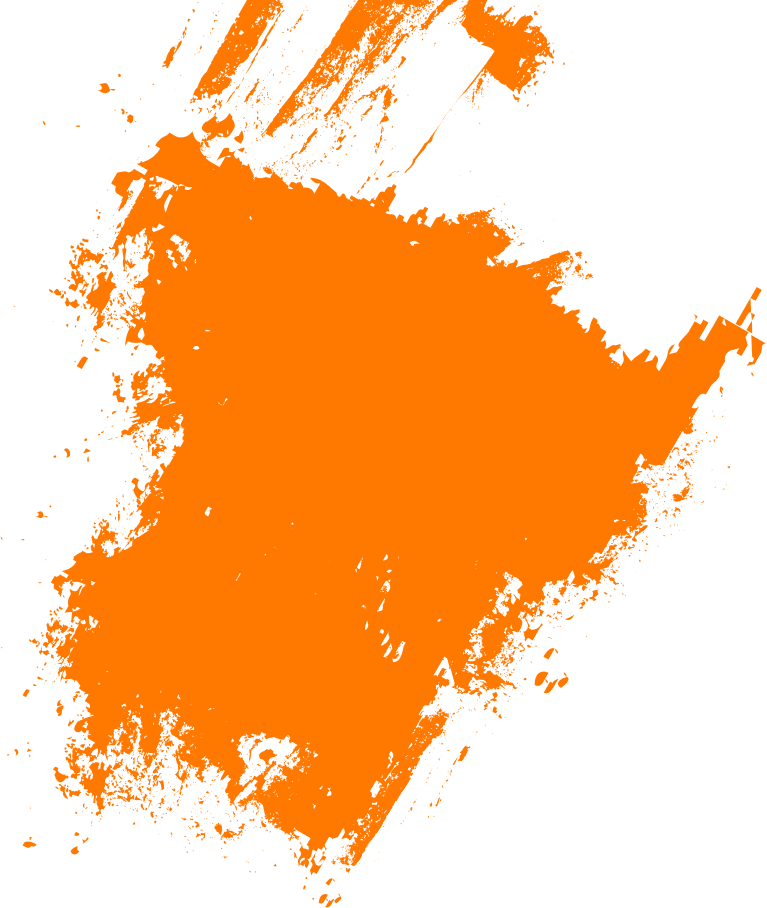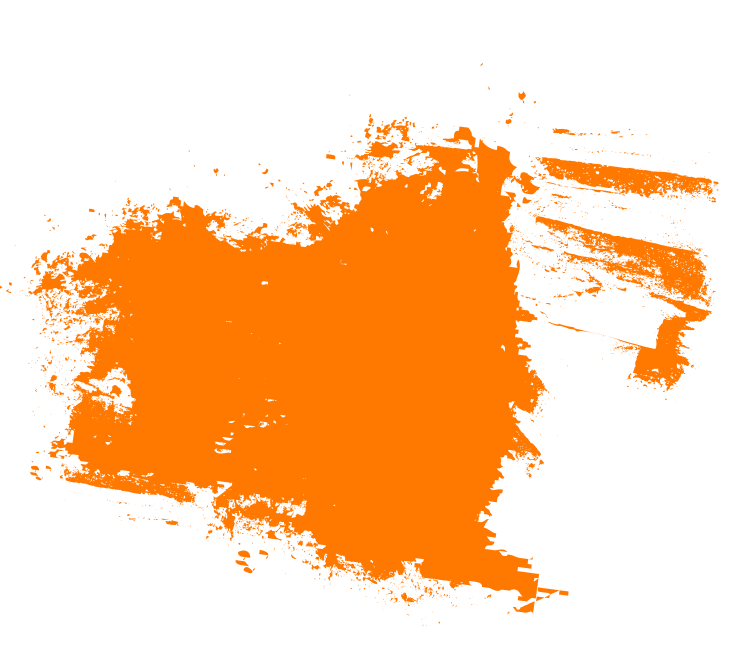Choose Your Service Level
Choose Your Budget
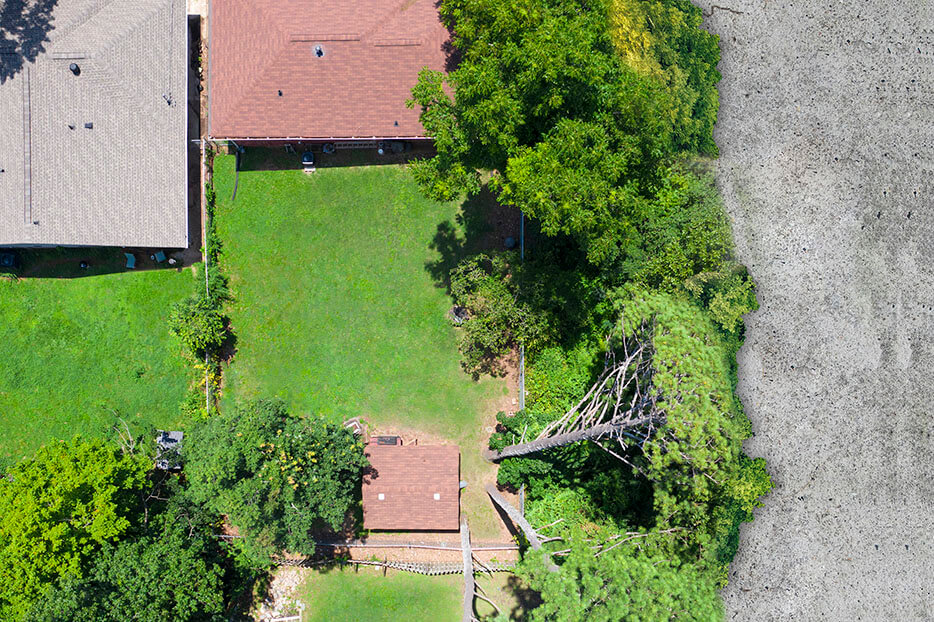
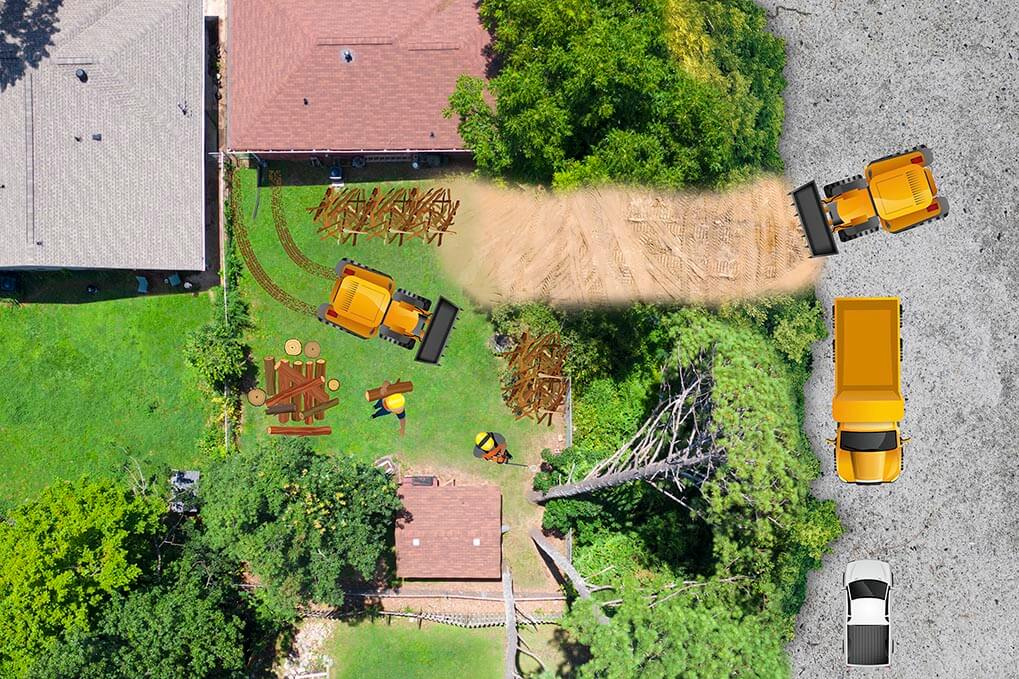
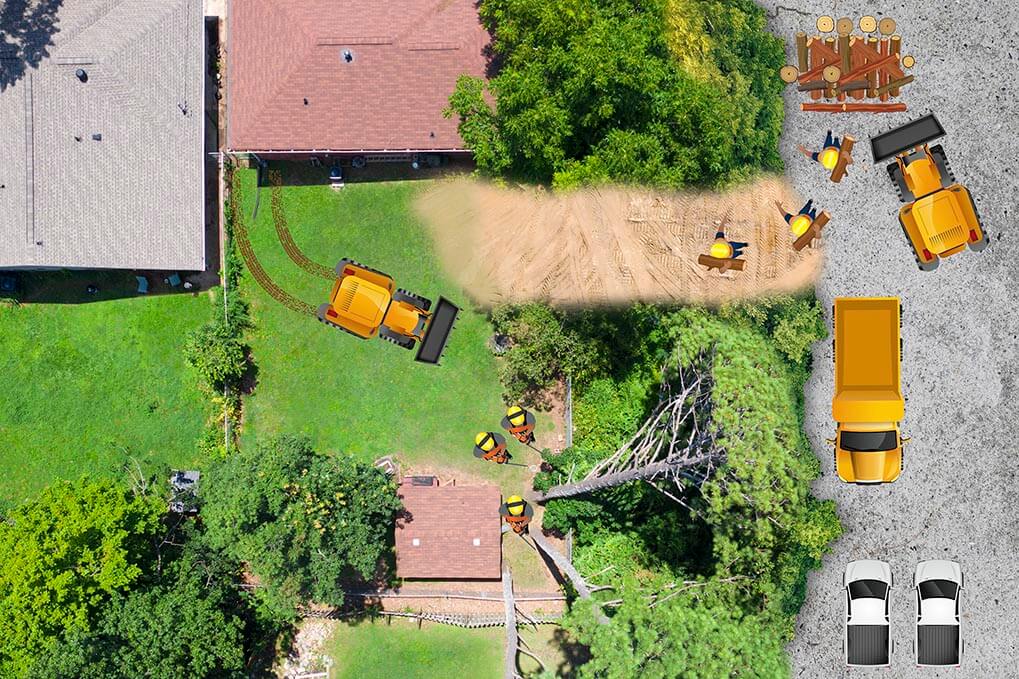
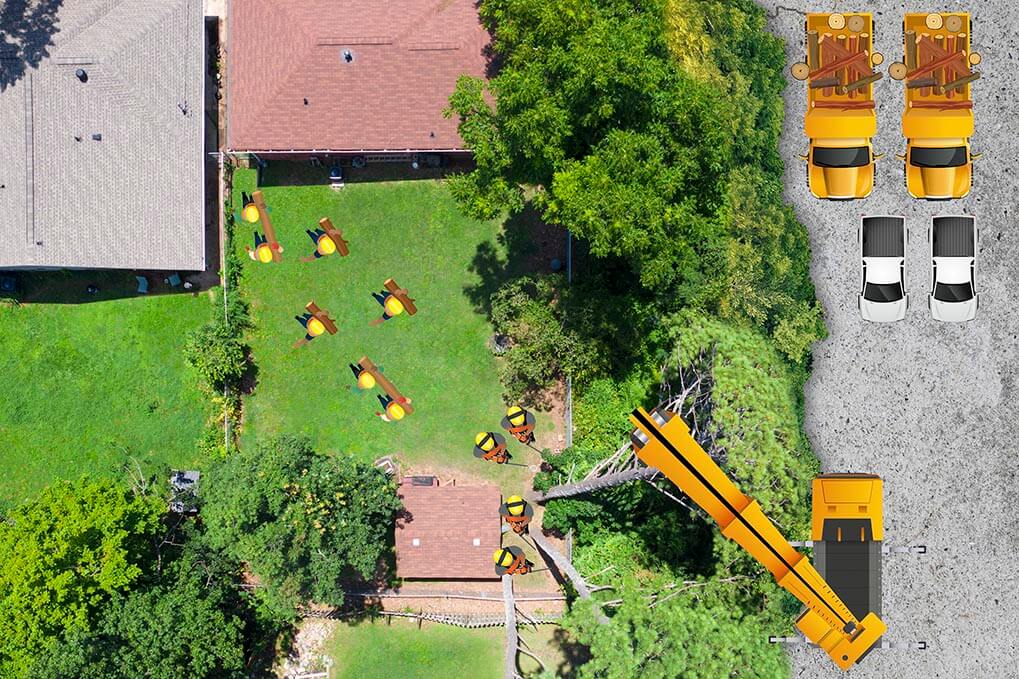
- Trees removed by cut and drop
- Debris left where it falls for NATURE
- Equipment access is available
- Minimal pruning for tree health
- Reduced landscape impact
- Debris moved with equipment
- Equipment use as needed
- Class B pruning
- Mulch in designated area or hauled
- Minimal landscape impact
- Most debris moved by hand or dolly
- Equipment use strictly managed
- Debris processed on site or hauled
Featured Content
Trees can add aesthetic and practical benefit to your yard. However, not all trees are helpful for your yard. If a tree is old, diseased,...
Mulch can be extremely beneficial for your trees if placed properly. As the saying says, there can be “too much of a good thing.” Mulch...
We care deeply about trees so we will never recommend removal unless there is a serious risk for your home or property in Atlanta, GA. Before taking any action, we will make sure you understand all your possible options for mitigating the risk. In some cases, maintenance may address the issue without needing removal. We will give you a clear estimate and timeline when removal is necessary. Your insurance may cover the removal. You deserve the best possible payout so our experienced team will help you navigate the insurance process. Before your trees become a dangerous problem, reach out to TreeJob for a consultation. We are standing by to help!
Stay Informed
Customer Reviews
Talk to a Tree Advisor
